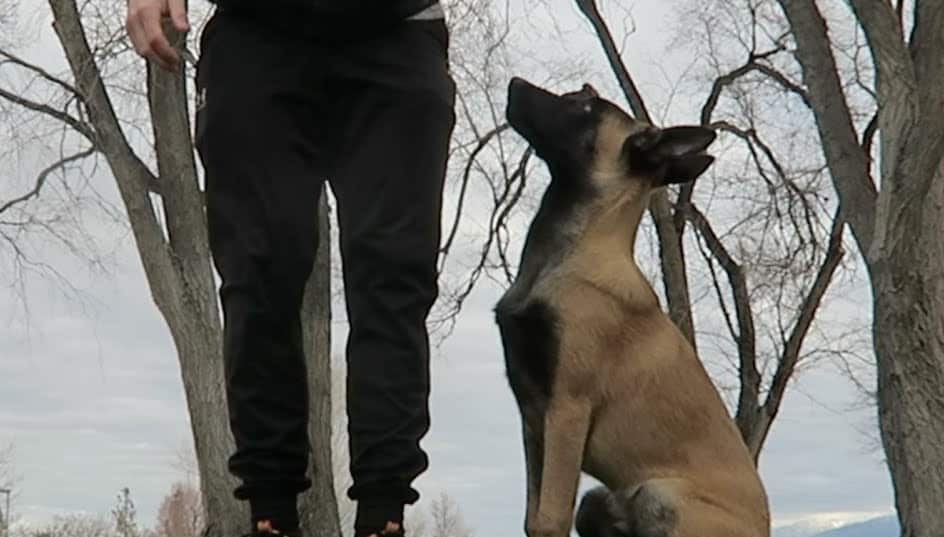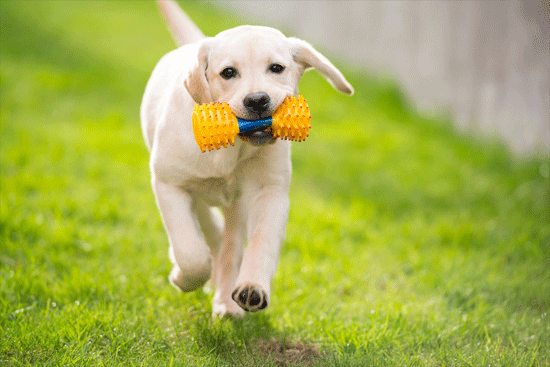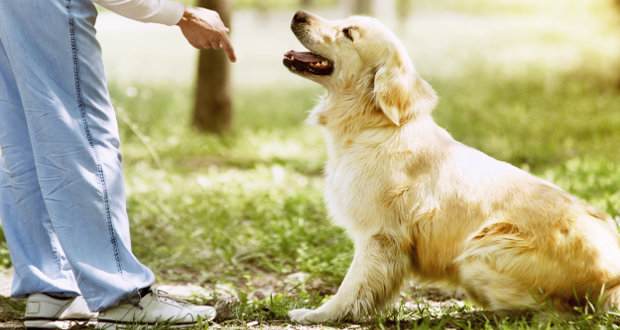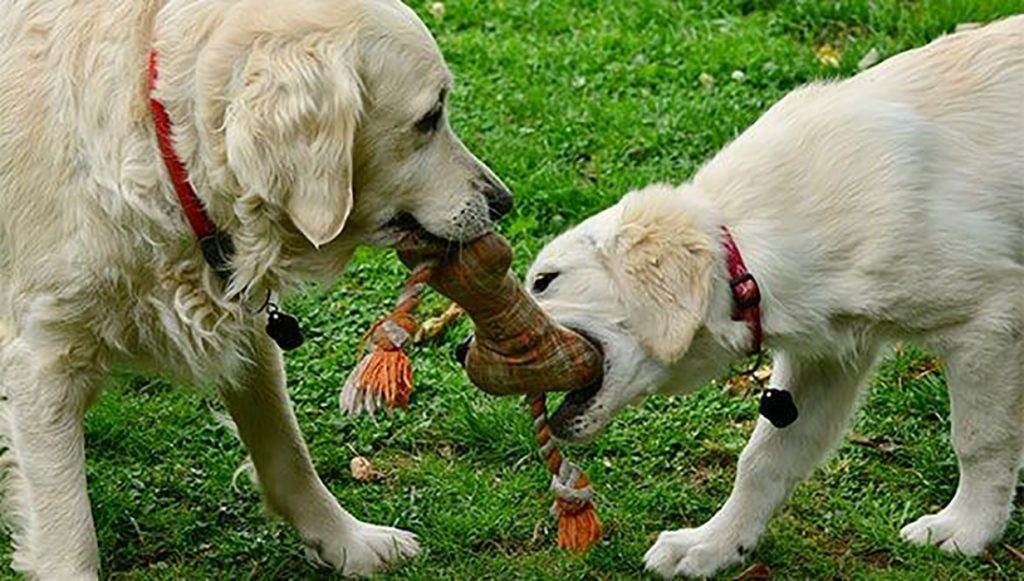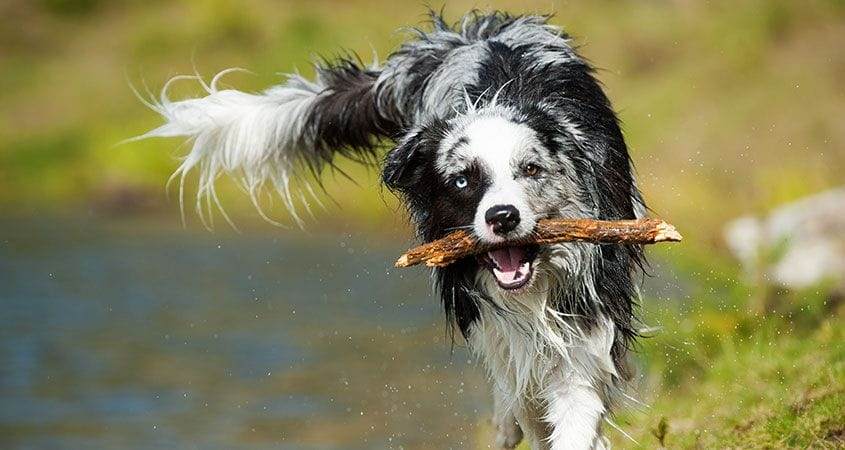Getting a retriever puppy is exciting and you will want him to become a duck dog. It takes time to train your retriever to become a duck dog. But it is also important to note that time is not the only constraint. You also need to take some other factors in your calculation as discussed by me here in this article.
The answer to how much time it takes to train duck dog is that: The most common timeline after having observed many retrievers and their owners is that it takes 16-18 months for duck dog training. Having said that, the lower end of the time interval I have seen is 6-7 months. It all boils down to proper training and the environment that you give to your doggo. It helps a lot if the retriever dog is given an environment of duck birds, lots of loud noises around and a stable environment.
You may be looking for an exact answer to this question and I am here to help. If you have a dog in your home in June and you are looking to have him ready for the hunt by December then the answer is, he “COULD” be ready.
Each and every dog is unique in his own way. He has own speed to learn from the environment. The genetic breed properties are always there but we want to bring the best out of him before starting to go dick hunting.
As with babies learning to walk, if we force the dog to do things too early than his cognitive capabilities then it can go against him. He may start to resist every training session and you may eventually lose your patience. Hence let them learn at their own pace.
Routine Training Is Good But Stress Is Not
All of us want long term results. You should be paying attention as we discuss here the road to hunt training for your dog.
Don’t force your four-legged future hunter into stressful and strict training sessions. Have them fun while they learn. Retrievers are born hunters and eventually with all your daily efforts, he would learn hunting, so keep it easy on the dog and follow a routine.
You cannot ignore the overall health of your dog. This includes physical and emotional health. You also want to measure your dog’s progress. If the dog is happy and enjoying the sessions and environment, you will definitely see the desired results.
Every training session should be engaging for him. The more he is taking the initiative in the training sessions, the better it will be in the long run for actual hunting.
What I am trying to say in this section is that instead of being strict with the timeline targets for your dog, allow him to get up to speed with the required levels of hunting naturally. In real-world duck hunting, a naturally trained dog will anytime beat a dog who has been forced to training sessions.
Start With Simple Steps Of Obedience Training
If the dog doesn’t obey you, you are going to have a tough time with everything. The obedience training commands include Heel, Sit, Stay, Walk, Come, etc. You can prepare your own list of obedience commands which you need the dog to understand in everyday life.
Obedience is so important and I cannot stress enough that you cannot proceed with any other type of training before teaching these commands to your dog.
While your end goal is to teach the hunting related stuff like attack etc but teaching that is not possible without these commands.
With every passing day, your dog will get better at the obedience commands. This means he will faster to respond to your commands and will do the task the better way.
For example, he will sit when you give “SIT” command and will do so in a fraction of milliseconds and won’t move unless you ask him to do anything else. This is the best thing about dogs that they are so loyal and trust their dog owners so much.
Your list of commands to teach your puppy should include RESPOND TO NAME, SIT, STAND, COME and DOWN.
The more such commands that you can teach your dog, the more it will help in your first real-world hunting session.
Add Live Birds To Your Puppy’s Environment
The timing of introducing the puppy to live birds is something that needs full attention. You introduce live birds too early and the puppy will get scared of them for the longest time in his life. This will further delay your retriever’s hunting days.
The best you can do is add it slowly to your dog’s daily routine as outlined below. Go slow with everything and I can guarantee that you will definitely see the hunting days sooner.
The first thing when it comes to hunting training is to introduce feathers game to your puppy. You can play fetch of the pheasant feather to start with. Now you can see how the FETCH command helps us to even start the duck hunting sessions.
By introducing the feathers, the retriever puppy will get used to it. As I said earlier also, we will take it to step by step to guarantee our success with hunt training and you will definitely like the logical approach that I am teaching you here.
Pigeons are of the right size to be introduced to your puppy. I always recommend my students to get a pigeon from their backyard or buy it.
The puppy’s mouth is able to grab pigeons easily and that is why we cannot introduce ducks straight away to puppies because ducks are too large for him to grab by mouth and he’ll get scared too.
Delay Introduction Of Live Birds to Your Duck Dog
I always say that it’s better to start with a game and avoid using live birds in the game. The puppy on his first encounter with a live bird won’t be able to understand what is going on. Let him first get used to the size and shape of a bird toy and then he will be better equipped for the real action.
A non-moving pigeon bird will be an easy target for the dog. It will make him go all on it and is the easy first step for him.
The process for this first step would be to show the non-moving frozen bird to your puppy, let him smell it too. Then toss it some feet’s distance away from him. Let him go grab it with his mouth and appreciate it when he does that. You would be seeing him excited and happy doing this over and over.
The idea is to get him engaged so if he is messing up the fetch a few times then you can ignore that. Just keep repeating and keep appreciating him for doing it. You would see that soon he will get an expert at it. The signal that he has mastered this is when he too fast to grab it that you would just throw it away and, in a flash, he’s back with it in his mouth.
One important point that I want to mention here is that let the puppy spend some time with the frozen bird. You can allow him to run or have it in his mouth for a minute or two. However, also don’t have him sit and chew it as if having lunch. You want him to feel it naturally as if it is a real bird. You can also think of the real-world scenarios yourself and come up with some creative ways to have him take it for a live bird.
Using the above approach should take it 1-2 days for the retriever to get used to the bird. After that, I would advise you to take it to the next level.
Once he is comfortable with the frozen birds, you can start to add in live birds (small-sized) and then live pigeons. With pigeons, I have seen that the initial success to be higher if the wings of pigeon are tied.
The movement of wings is something that dogs can get used to in the next step. Remember, we want to take it to step by step without overwhelming the puppy.
As you see progress in your puppy’s hunting skills, you can then start to add much large size birds: chukar, mallard duck, hen, etc.
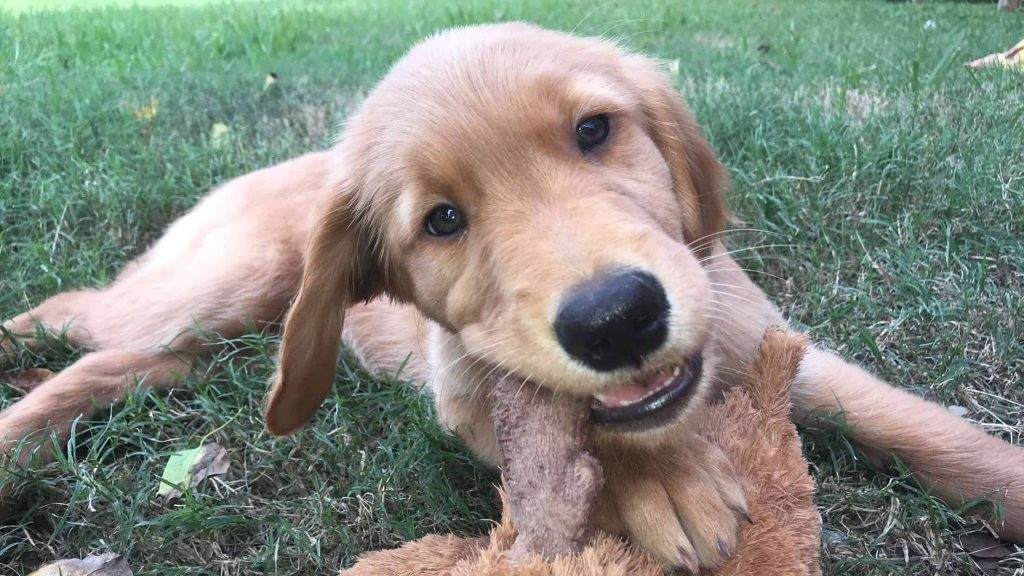
Your DOG Needs To Get Used To Noises
Apart from the feathers of birds, noises are also a thing that the dog needs to get used to. In the live-action, there will sound of shots, bird sounds, etc. You don’t want to get him distracted or scared in any manner when he is on the field at duck hunting action.
Noises are natural to our environments like the closing of doors, music on your computer and any parties or get-togethers.
The natural sounds in your home will get him ready. You can also have him listen to shot sounds sometimes to make sure that sound is also not foreign to him.
Introduce The Shooting Sticks
When it comes to noises, the routine noises in your home are something and the shooting sounds are at another level in decibel measurement. You will definitely need to train the dog to get used to those loud sounds and see to it that he is not scared.
For the real action sounds, you can wait till the time the doggo is excited and trained with live birds without wings being tied up. You can add some assistance when the shot sounds are being introduced to the dog.
The assistance will handle the shots and you will monitor the dog for his actions. Use the .22 caliber blanks to start with at a distance of about 40 yards. Use the pigeon and your assistance will shoot.
While this is happening as a routine for 2-3 days, check your dog for his behavior and reaction to the noises and real action.
When you see that the dog is going easy with 40 yards, then reduce the distance slowly to next to the dog.
Once distance and .22 caliber blanks are perfected, you can add .410.
Like this, you can increase the sound level with more powerful shots and train the dog at the same time.
As the dog sees the live birds and noises and you standing next to him, he will get used to all of that. His fear will go away and then you can move to the next step. But for this one also, do keep your patience level up.
Steady… Steady… Steady…
Since we are dealing with shots here, it becomes so important to take care of the dog in training sessions too. You would always want him to be an expert. Though the retriever will get trained eventually still he needs to go through the whole process. After all, you don’t want to hurt him.
For this reason, the obedience training I discussed in one of the previous sections is so critical. In that part of the training, the WAIT and STAY commands come in handy. The dog needs to have the patience to get and fetch.
Unless you give permission to go for fetch, he should keep waiting. If he is going to use his own intelligence about when to go for retrieve then it can pose serious problems.
The Very First Hunt
Just like previous training sessions, the first hunt is also a training session. In this trip, the focus should be more on the dog than the actual hunting adventure.
On this first trip also, I would recommend having assistance. Also, its best to keep your dog on a leash.
While your assistance will be doing the shooting, you will focus on the dog and give him commands as and when required.
The most common issue that I see is that the dog gets impatient and goes for the retrieve too early. You don’t want that. Every time during the first hunting trip, you should be in full control of the dog.
The solution to the impatience of the retriever is to have him wait but holding the leash. If he waited for the desired amount of time before trying to move then only allow him to go.
If he is showing impatience then you should not allow him to go and the assistance can go in that case. You want to instill this thought into the dog’s brain that if he waits for the right time, then only he is allowed to go and fetch.
Be prepared for the dog to mess it up in the few initial hunts. Like with everything else, with time the dog is going to get better at it. You will be amazed at how fast the retriever’s learn and respond in the future.
How Long Does It Take to Train A Lab For Duck Hunting?
By now, you would also be able to clearly see that there are so many things involved from obedience training to noise training to field trials in proper duck hunt training.
My most honest advice would not focus too much on the timeline and losing patience but rather you should focus on making your retriever dog become an expert duck dog. In the process, you will teach so many skills which will be useful in his routine life too.
You need not use force at all. You will notice the progress and it won’t be long ago when the dog is ready.
The retriever dogs are named as a retriever for a reason. It’s natural to them to retrieve and being a duck dog.
Just to give you an example, I can tell you that my 5-year-old lab retriever does an amazing job in the hunting job. There is still room for a lot of improvement in his case. This is a lifelong relationship and it is only going to get better with time.
References
- https://onlinelibrary.wiley.com/doi/abs/10.1111/j.1399-0039.2010.01440.x
- https://www.sciencedirect.com/science/article/pii/0016648069901798
Table of Contents

